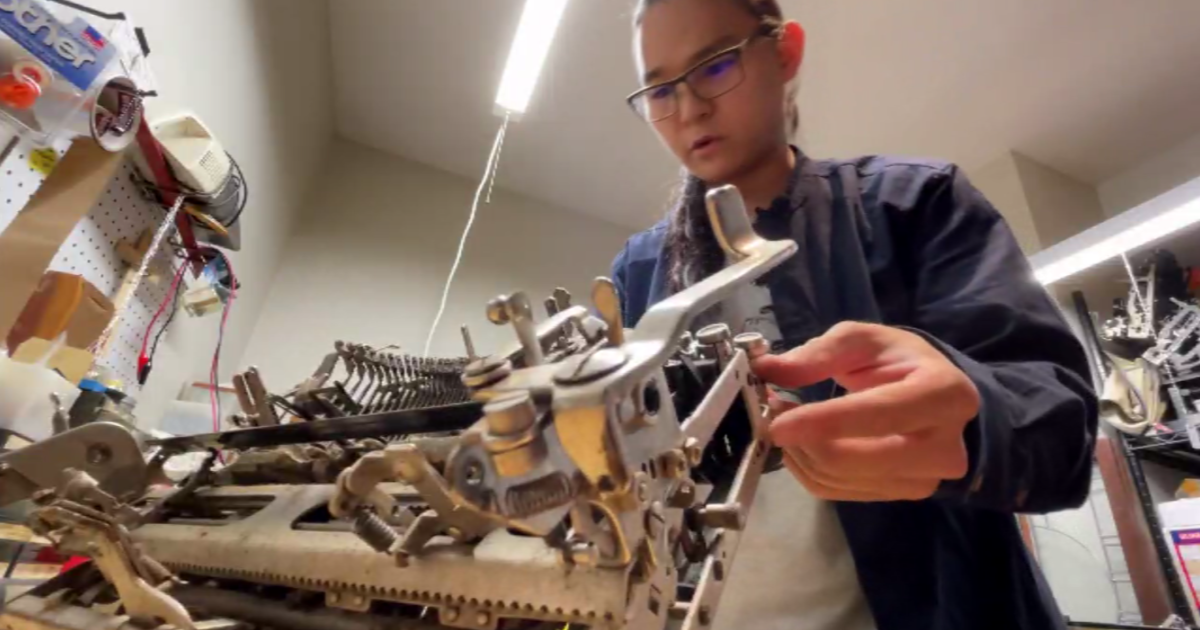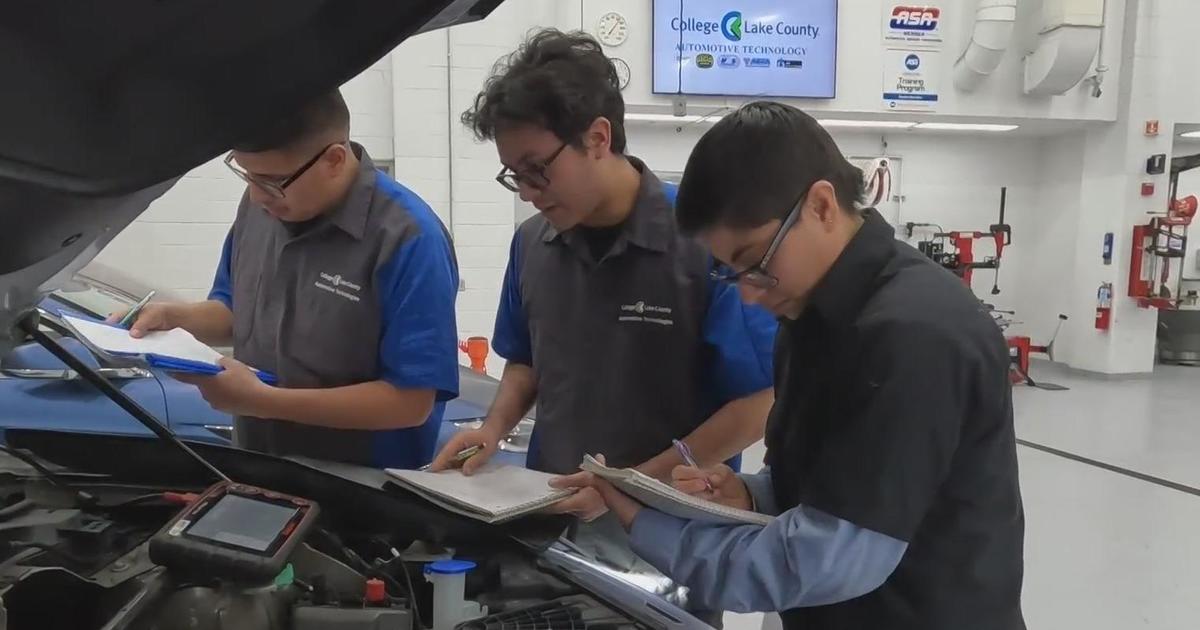Study: Some 3D Printers Emitting Harmful Particles
(CBS) -- They're in schools, libraries, maybe even in your home.
3D printers are becoming more common, but, as CBS 2's Marissa Bailey found out, some experts worry we don't know enough about them yet and fear they could put our health at risk.
"I tend to sit right next to it," said shoemaker Annie Mohaupt. "I like to keep an eye on what I am making."
Mohaupt makes ribbon-holding nubs for flip flops with her 3D printer.
"I've thought a little bit about what it might be exposing us to," she said.
"People should be worried about using some of these printer makes and models and filament combinations," said IIT researcher Brent Stephens.
In a new study, researchers at the Illinois Institute of Technology tested 16 different combinations and found high levels of ultrafine particles and gasses emitted from half of those studied.
"They emitted anywhere between about 200 million and 200 billion tiny particles per minute," Stephens said.
Those particles can trigger or aggravate respiratory conditions.
"When we breathe them in they can penetrate deep into our lungs, they can cause irritation," Stephens said. "They can also penetrate to our brain through our olfactory nerve."
The worst: a printer that used a nylon filament. It emitted the highest levels of caprolactam, which according to the environmental protection agency can cause neurologic, stomach and heart conditions.
Two printers using ABS filaments emitted high levels of styrene which could cause cancer.
"I think today, they're not bad," said Dr. Peter Orris, an environmental health expert at UIC. "It's a new technology. Chronically it could be pretty bad."
Dr. Orris urges people, including libraries and schools, using 3D printers to operate them in a well-ventilated space with an exhaust system.
Study author Brent Stephens has some other advice: Try using filaments made with PLA, which emit fewer toxins, and if you haven't bought a printer yet, look for one that is more enclosed with internal filters.
Mohaupt already takes some precautions including using a less toxic filament to make her designs.
"Hopefully I'm not shorting my life too much," she said.
Brent Stephens says he would like to see emission labeling on printers and or filaments so you know the risk when you're buying those products.
The National Institute of Occupational Safety and Health funded his study.



